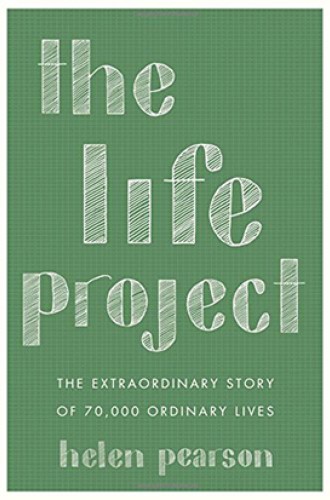Poverty's lifelong damage
In the early 1970s, about 30 percent of American women and more than 40 percent of British women smoked, even when pregnant. My Lamaze childbirth instructor, a heavy smoker, often held her nursing baby with one hand and her cigarette with the other. And why not? As Helen Pearson points out, “The leading scientific journal Nature said [in 1973] that cigarettes had the double bonus of helping expectant mothers calm their nerves and not gain excessive weight. For this reason, any pressure to stop them smoking was misguided and could backfire by worsening their health.”
Nowadays only 9 to 11 percent of American and British women smoke while pregnant, and most of them feel guilty. Part of the change is due to a series of cohort studies done in Britain. Even before the Nature article blew smoke, a writer in the British Medical Journal had used one of those studies to infer a clear causal link between smoking and infant mortality. A popular tabloid newspaper took notice. “Mums’ cigs killed 1,500 babies,” screamed a front-page headline in the Sun, and the campaign to discourage pregnant women from smoking was on.
Pearson’s book tells the story of five amazingly successful British cohort studies that, over the last 70 years, have tracked some 70,000 people. These studies have generated a massive collection of data that has changed the world’s understanding of infant mortality, breastfeeding, early childhood development, chronic diseases, and—above all—the deep, ineradicable scars of growing up poor.






